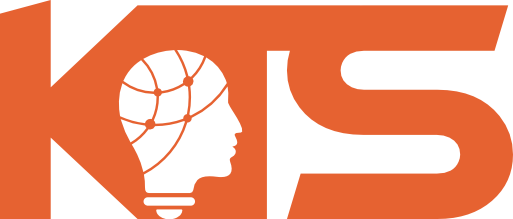As organizations begin to plan for bringing employees back to the workplace, not only do they have to think about staffing levels but scheduling. I’m not sure it would be correct to think that the way businesses scheduled their operation a few months ago is the same way they should schedule today. Even if they are, the needs of the employee are far different.
The good news is that organizations can use the same scheduling best practices they’ve always used to effectively schedule during these uncertain times. The question becomes have organizations been doing a good job of scheduling in recent times. Over the years, The Workforce Institute at Kronos has spent a lot of time discussing scheduling. Here are a few scheduling articles to considering reviewing.
Organizational Productivity: Staffing and Scheduling Must Work Together
Staffing and scheduling are two different things. Many organizations have already aligned staffing with other HR functions like compensation, benefits, training, etc. Scheduling shouldn’t be considered a stand-alone activity. It works very well with staffing and has a huge impact on the business. It’s time to align the staffing and scheduling functions for maximum productivity and employee engagement.
The Availability Trap
Every consumer-facing business needs a core of frontline employees, whatever the weather, the holiday, or what sport is on TV that weekend. Companies can free themselves from the availability trap by making all of those positions their brand champions, trainers, and future managers. Then supplement those core jobs with a much smaller number of variable roles, again maximizing the hours as much as possible. This will have a far greater positive impact on the P&L than ensuring maximum flexibility which might not be necessary.
The Monday-through-Friday Scheduling Dilemma
Changing employee scheduling practices is something that very few companies do well, and many companies do poorly. Although challenging, getting out of your comfort zone and coming to terms with the fact that you are no longer a Monday-through-Friday operation is the key to turning your company into a more responsive, agile, and resilient operation.
Frontline Workforce Management During the Pandemic
Managing a business with frontline workers during a global pandemic is extremely difficult. Employers need to rethink their operations from small gestures to fundamental assumptions. This article focuses on how organizations should manage recruitment during these uncertain times, keep employees engaged, and factor burnout and safety into their scheduling practices.
Kronos, logo, trust, innovation, technology, employees, scheduling,
I don’t believe it’s unreasonable to think that organizations are going to want to maximize productivity and keep payroll costs down as we ramp up operations. That means adopting workforce management best practices when it comes to staffing and scheduling. The better we are at this, the more flexibility we have when it comes to giving employees the shifts they prefer – which improves employee morale and retention.
By: Sharlyn Lauby
Disclaimer-A ‘views expressed’ disclaimer is commonly displayed on websites in relation to any comments, articles, blog posts, or other public content that is considered the thoughts and opinions of the specific author’s intention are not to copy but to express an opinion.


Leave a Reply